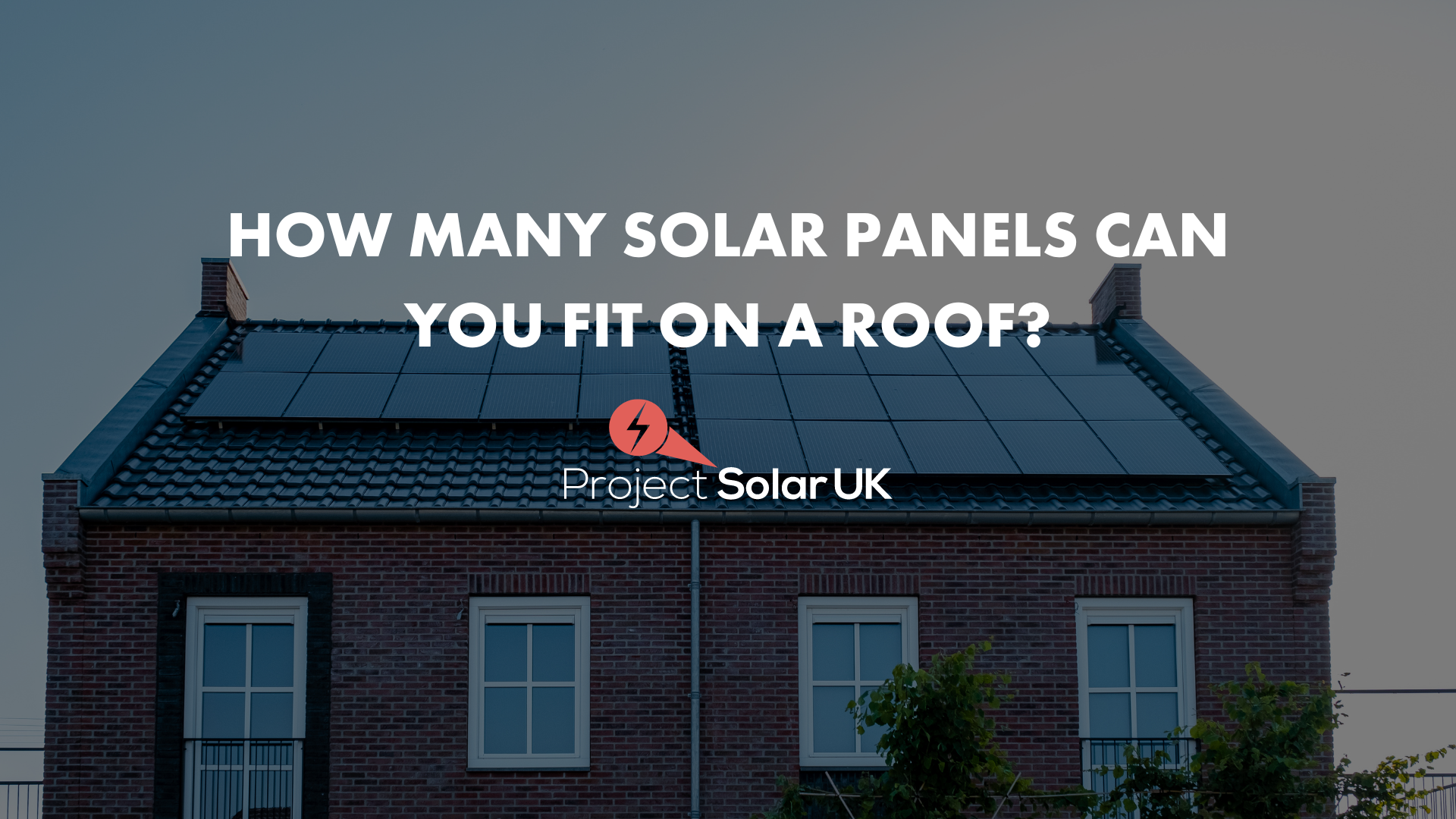The number of solar panels you can fit on your roof depends on several key factors. When considering a solar panel installation, installers must take into account the size of the panels, the condition of your roof, and the amount of usable roof space available. It's also important to ensure that the solar system is neither too small for your energy needs nor too large for your property. With careful planning and professional calculations, it’s entirely feasible to design a solar setup that perfectly matches your requirements. Before determining the size of your solar system, ask yourself the following questions: Although this might seem extensive, each question directly relates to your home's overall energy consumption. Be thorough and review your electricity bills over the past year. Keeping track of your electricity expenses can provide a clearer picture of your energy usage patterns throughout different seasons. Without significant investment, it’s unlikely you'll be able to power your entire home using just renewable solar energy. Instead, it’s more realistic to combine solar power with traditional grid-generated electricity. Three primary factors come into play when determining how much solar power is needed to meet your current energy demands: The more electricity you consume, the more solar panels you’ll need. According to Ofgem, the average UK household uses around 2,700 kWh of electricity annually. While this figure provides a general guideline, it might not accurately reflect your specific energy usage. In the UK, sunlight levels vary depending on the season and region. For a more personalized assessment of your energy needs, consider using a solar panel calculator. This tool analyzes your most frequently used appliances, their wattage, and the number of daily usage hours. You can even delve deeper to understand your energy consumption on a monthly basis based on peak sunlight hours. During winter, countries in the Northern Hemisphere tilt away from the sun, causing UV rays to strike the Earth’s surface at an angle. This makes the sun appear lower in the sky and can impact solar energy production. Fewer daylight hours in winter may reduce solar productivity, though the benefits far outweigh the drawbacks. In spring, summer, and early autumn, your home enjoys prolonged exposure to direct, intense sunlight. Using The Met Office’s UK climate averages, you can estimate the number of sunlight hours you’ll experience at different times of the year. Combining these figures with your annual energy requirements can help determine the number of solar panels you’ll need. What Are the Conditions of Your Roof? Realistically, you can't install your desired number of solar panels without a sturdy roof to support them. If you have high energy demands (and thus require a larger solar system), your roof must be structurally sound enough to bear the added weight. There should also be sufficient space for installation. Architectural elements such as roof windows or skylights might limit your roof’s usable surface area. Some sections of the roof may also remain unviable due to persistent shade. To estimate your roof’s total available surface area, multiply the length of your roof by its slope height, then double that figure while accounting for obstructed zones. Alternatively, contact the professionals at Project Solar to evaluate this for you. As you can see, figuring out how many solar panels can fit on your roof isn’t a simple task. Even after determining the number of panels you’ll need based on your average energy consumption, you’ll still need to factor in the size of the panels themselves. Solar panel sizes vary between manufacturers, making it nearly impossible to provide an average. However, advancements in solar panel technology have made PV systems more compact over time. To find out the exact size of your chosen manufacturer’s panels, reach out to them directly. In the UK, there is no set maximum number of solar panels that can be installed on a roof. However, there are some regulatory considerations to keep in mind. For larger solar panel systems, you must seek prior approval from the local Distribution Network Operator (DNO). This ensures the local grid can handle the extra load generated during peak solar production times. Understanding your energy consumption can significantly impact your lifestyle. Not only will you gain insights into the ideal solar system for your needs, but it can also encourage you to adopt a more mindful approach to consumption. Help us achieve the net-zero 2050 goal by embracing sustainable energy solutions. More residential and commercial solar installations can collectively reduce our carbon footprint. To learn more about our offerings, get in touch. Solar power is not just a trend; it’s a vital step toward a cleaner future. By taking the time to understand your energy needs and roof capabilities, you can embark on a journey toward sustainability. Whether you're looking to reduce your utility bills or contribute to global environmental goals, solar energy offers countless benefits. Start your transition today—your wallet and the planet will thank you! CNC Door Jamb Sawing And Amp Milling Machine Cnc Door Jamb Sawing,Desktop Cnc Milling Machine,Desktop Cnc Mill,Cnc Metal Milling Machine Captain intelligent equipment co., ltd , https://www.2captain.com
How Many Solar Panels Do I Need to Power My Home?
Can I Power My House Using Only Solar Energy?
What Is Your Typical Energy Consumption?
Does Your Home Get Enough Sunlight?
How to Calculate How Many Solar Panels Will Fit on Your Roof
What Is the Size of a Solar Panel?
What Is the Maximum Number of Solar Panels Allowed in the UK?
Join the Solar Revolution!
How Many Solar Panels Can You Fit On a Roof?
The CNC Door Jamb Sawing & Milling Machine can be classified into several types based on different characteristics: